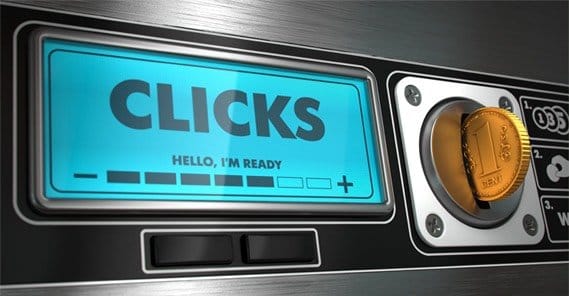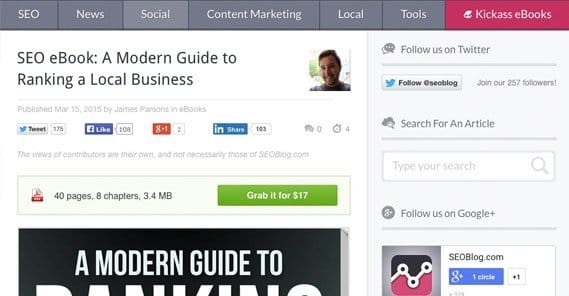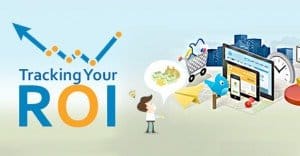How Well Does Buying Traffic Turn to Conversions?

This is a common question, and it’s one I would absolutely love to answer for you. Unfortunately, there’s no good answer for me to give. It all depends on where you’re getting your traffic, what kind of traffic it is, what you consider a conversion, and what you’ve done to encourage conversions.
Where Traffic Originates
There are a number of places traffic comes from, even discounting organic and social traffic. Are you getting it from a seller on Fiverr? Are you getting it from the lowest and least expensive traffic exchange you can find? Are you pulling it in from a high tier exchange with a great ratio and a premium fee? Are you getting it from Google AdWords or from Facebook’s ads, or ads on Twitter or another social network?
Traffic from different sources converts differently, and you need to have different expectations going into it. If you’re using a low quality traffic exchange or a Fiverr seller, you need to recognize that most of your traffic is going to be coming from bots and won’t convert no matter how hard you try. On the top end of things, exchange traffic behaves differently from Facebook PPC traffic, which behaves differently than Google PPC traffic. It’s all relative and personal.
Types of Paid Traffic
When you’re buying traffic, it comes in different forms. Each have their ups and downs.
- Highly targeted real people. This is by far the best kind of traffic to be buying, and it typically only comes from sites like Facebook and Google. Nowhere else has the kind of targeting information you need to get this kind of focused traffic.
- Untargeted real people. This is what you get from using Facebook or Google poorly, or from using some of the better traffic exchanges. You get real people visiting, but they aren’t necessarily really interested in your product.
- Out of demographic users. This happens rarely on Facebook, but more often on low quality exchanges and Fiverr sellers. These people tend to come from countries you don’t sell in, so they’re just in it for the money they earn by giving you views, with no intention of converting.
- Bot traffic. Low quality traffic exchanges, Fiverr sellers and you, if you’re using a traffic bot, all bring in this kind of traffic. It’s not going to convert because it’s not real. It’s imaginary. No bot is going to download your ebook, sign up for your newsletter, or buy your product.
Types of Conversions
The third aspect of converting paid traffic is what you consider a conversion. Maybe you have nothing to sell, and you consider a conversion to be signing up for your mailing list. Maybe you have an ebook you want users to download, but you aren’t selling anything. Maybe you have a wide range of products, so a conversion could be anything from a $5 widget to a $5,000 bulk sales order.
The harder it is to get a conversion – the more expensive it is, the more barriers between a user and the conversion – the lower your conversion rate will be. It’s the same way that a lower priced product will sell more than an equivalent product at a higher price. The easier it is for a user to convert, the more conversions you’ll get.
You also need to avoid falling into the conversion rate trap. The conversion rate trap is the fallacy that a high conversion rate is the best metric you can measure. There’s a simple example. A site that gets 10,000 visitors and has a 4% conversion rate will be getting 400 sales. A different site that gets 1,000 visitors and has a 10% conversion rate will be getting 100 sales. The higher conversion rate does not mean a higher profit.
Conversion rate is good, but volume is also an important part of the equation. There are also other factors to consider.
- With paid traffic, you have one benefit over organic traffic; you know the people coming in are landing on your landing page, rather than any old page on your site. Furthermore, you know they all potentially have a chance to convert. After all, they clicked your ads to get to your site. This is assuming you’re using high-level PPC and not low-tier traffic exchanges.
- Engagement with your site is good, but it’s not always going to result in an immediate conversion. In fact, sometimes being engaging means users would rather spend time reading your site. They might visit more often, which seems good, but they still don’t buy right away. Thus, your view counts go up but your conversions don’t.
- As your traffic volume goes up, your conversion rate will likely go down. A lot of people will come back to visit more than once, incrementing traffic numbers, but they won’t buy more than once.
How To Boost Paid Conversion Rates
There are a number of ways you can boost your conversion rates based on paid traffic.
First, make sure you’re buying the best traffic you can afford. Don’t go for low quality, high volume options just because they’re within your budget. Think of it this way; a traffic bot has a conversion rate of 0. A low quality exchange will have a low conversion rate, while Facebook or Google will have a higher conversion rate, with the numbers varying depending on your optimization.
Create a more compelling offer. Why would someone want to convert on your site? Make sure you have the value proposition displayed as clearly as possible. More importantly, make sure it’s a value proposition that’s important to the users you’re bringing in. You can bring in the most fanatic dog lovers in the world, but if you’re selling a $10,000 diamond-studded dog collar, you’re going to have a low conversion rate.
Incremental changes, such as those you make based on split testing, help a lot more with paid traffic than with organic traffic. This is because paid traffic typically converts based on the first visit. Organic traffic is more likely to visit several times before they decide to convert. In the latter case, the color of the conversion button isn’t going to change their minds one way or the other. For paid traffic, though, there’s a much more immediate decision to be made, and subtle influences can be the deciding factor.
Finally, don’t forget your organic traffic streams. While we’re focused on paid traffic, you need to recognize that as soon as you stop paying for traffic, the well dries up. You need to build a long-term audience in order to capitalize on an extended residual profit stream.
 ContentPowered.com
ContentPowered.com






